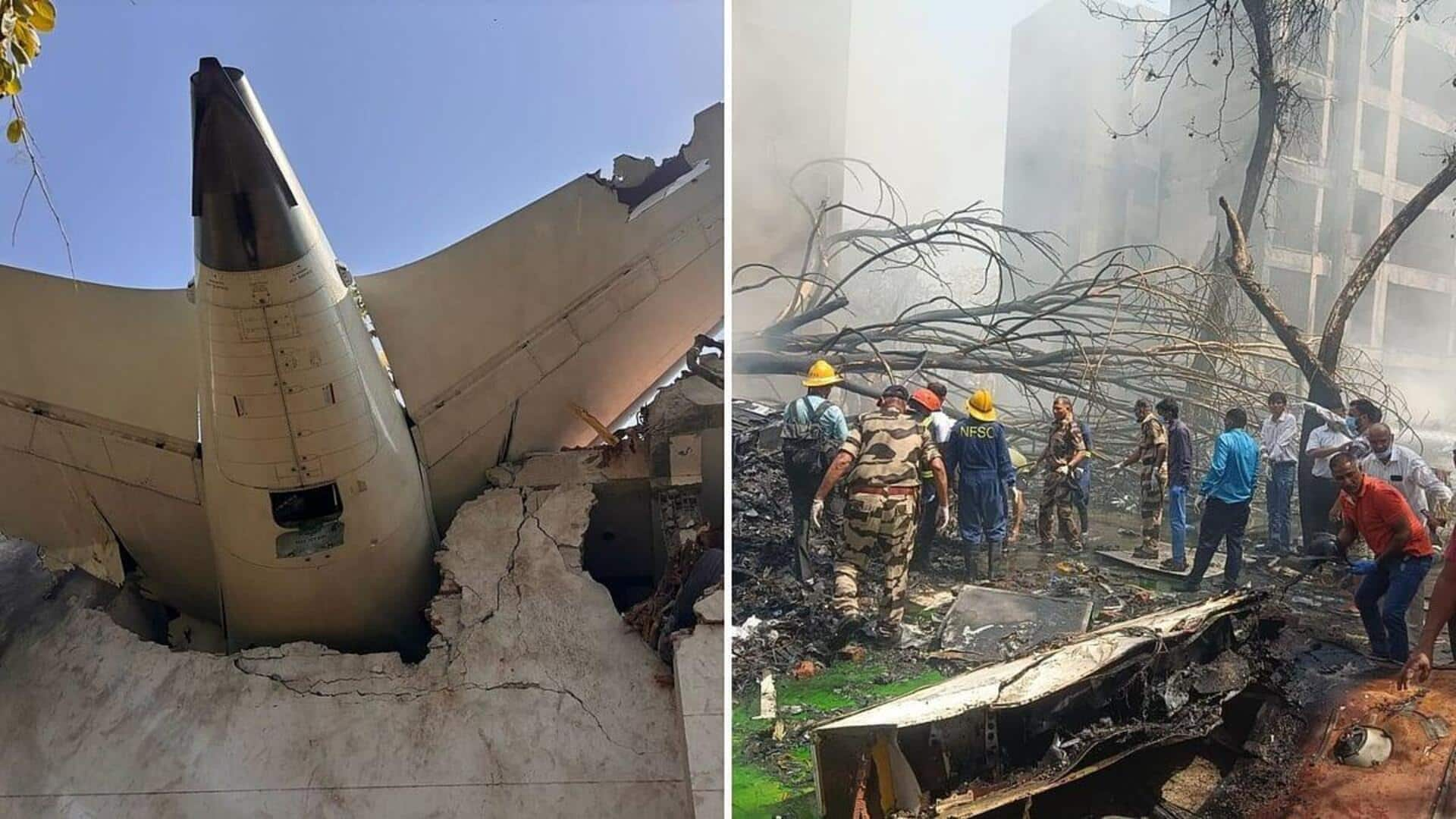
How Air India plane crash insurance payouts will work
What's the story
The tragic Air India plane crash in Ahmedabad on June 12 has raised questions about the insurance claims process. The Boeing 787-8 Dreamliner was on its way to London when it crashed shortly after takeoff. It hit a medical college hostel near the airport, killing 241 of the 242 people on board and at least 38 others on the ground. The tragedy triggers multiple layers of insurance claims and is poised to become one of India's costliest aviation settlements.
Claim process
Claims are largely a 'pull' product
In aviation, insurance claims are largely a 'pull' product. This means that they are initiated by the affected parties or their families, not automatically disbursed by the insurer. After an accident, families or affected parties have to approach the airline/insurer with relevant documentation like death certificate, ID proof, ticket details to initiate a claim. The payout can take weeks to months depending on claim complexity and authority responsiveness.
Insurance coverage
Aircraft hull insurance and its global reinsurers
Aviation "hull insurance" covers the physical aircraft, including its body, engine, and onboard equipment. Air India's Boeing 787-8 was insured for about $211-$280 million. However, Indian insurers rarely retain the full risk. They underwrite a small share (often less than 5%) and pass on most of the risk to global reinsurers like London AIG or Lloyd's of London. This means that while Indian insurers issue primary policies, global players will bear most of the financial burden.
Legal liability
Passenger compensation governed by Montreal Convention
Passenger compensation falls under "passenger legal liability insurance," a mandatory part of aviation coverage governed by the Montreal Convention. Under this, Air India is liable to pay a fixed amount, around ₹1.75 crore per deceased passenger, without families needing to prove fault. If further legal claims are pursued and negligence established, higher compensation may follow. The total passenger-related liability in this case is expected to be around $350 million. Just like with hull insurance, this liability is largely reinsured.
Ex-gratia payment
Ex-gratia payment is separate from passenger liability coverage
The ₹1 crore compensation announced by Tata Group is an ex-gratia payment, a voluntary payout made out of goodwill and not necessarily as part of any legal or contractual obligation. It is separate from and does not replace compensation as mandated by the Montreal Convention. This ex-gratia payment is additional voluntary compensation for the passengers' families and is unrelated to third-party liability insurance, which covers loss of life, injury, or property damage caused to people not on board the aircraft.
Property damage
Damage to 3rd-party property also covered
The destruction of the hostel and any other damaged infrastructure is also covered by third-party liability. The owner of the damaged property will file a compensation claim with Air India. Since Air India has third-party liability insurance coverage, it will not pay this compensation out-of-pocket. Instead, the claim will be passed on to the insurer that underwrote the third-party liability policy, who will yet again pass on a large amount of exposure to reinsurers.